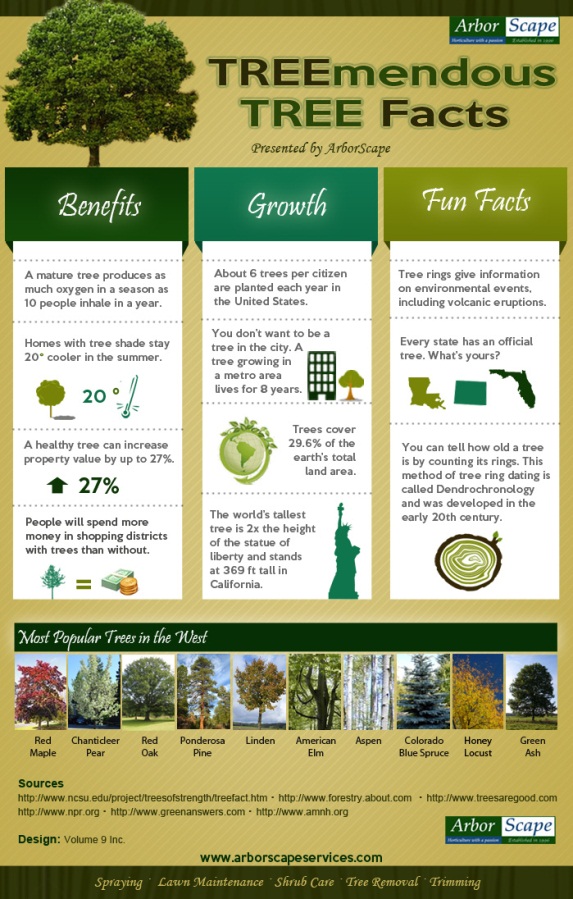Post-Tree Elimination Assistance: How To Successfully Restore Your Landscape
Post-Tree Elimination Assistance: How To Successfully Restore Your Landscape
Blog Article
Material Produce By-Hinrichsen McKinnon
After a tree's elimination, your landscape might look rather different, and it's essential to analyze the aftermath thoroughly. You'll want to assess the dirt disruption and examine bordering plants for any indications of tension. Overlooking these factors can bring about bigger problems down the line. So, what should you finish with those stumps and origins? And just how do you pick the very best plants for your rejuvenated area? Allow's explore these crucial steps.
Analyzing the Aftermath: Examining Your Landscape
After a tree elimination, it's essential to assess your landscape to comprehend the impact it has on your yard.
Start by analyzing the location where the tree stood. Look for signs of dirt disturbance, and examine the surrounding plants for any type of tension or damage.
You ought to also take note of just how the removal has changed sunshine direct exposure and air movement in your yard. This change can influence the development of close-by plants, so it's necessary to assess their health.
Consider the aesthetic elements also; the elimination might create an open space that you can revamp.
Ultimately, consider any type of potential erosion concerns that might develop from the tree's absence. Addressing these variables early will aid restore balance to your landscape.
Handling Stumps and Roots: Choices for Elimination
When you've examined the aftermath of the tree elimination, you'll likely need to tackle the stump and roots left behind.
You have a couple of options for removal. One efficient technique is stump grinding, where an expert makes use of a maker to grind the stump to below ground level. This approach leaves marginal disturbance to your landscape.
If you choose a DIY technique, you can utilize a mix of digging and chemical stump eliminators. Just keep in https://thedailychronicle.in/news/2409955/trending-now-ai-in-agriculture-market-statistics-revenue-cost-gross-margin-dynamics-competitive-landscaping-and-impact-of-covid-19/ , this procedure can take time and effort.
Conversely, consider leaving the stump as an all-natural attribute, which can work as an one-of-a-kind garden element or environment for wildlife.
Whatever you choose, attending to the stump and roots is essential for recovering your landscape.
Selecting the Right Plants for Your New Space
As you evaluate your recently gotten rid of room, picking the right plants can considerably improve your landscape's charm and functionality.
Beginning by taking into consideration the sunshine and dirt problems. For Click That Link , select drought-resistant plants like lavender or succulents. In shaded spots, brushes and hostas grow well.
Think about the size and growth practices of your plants; mix perennials and annuals for seasonal variety. Don't forget to incorporate native types; they need less upkeep and support regional wild animals.
Team plants in odd numbers for an extra all-natural appearance and produce layers for visual depth.
Lastly, ensure you have a mix of shades and appearances to maintain your landscape dynamic throughout the seasons.
Happy planting!
Final thought
In conclusion, recovering your landscape after tree elimination is a gratifying process. By examining the consequences, attending to stumps and origins, and selecting the right plants, you'll create a thriving environment. Do not neglect to include disintegration control measures to secure your soil. With a little initiative and care, you can transform your space into a vibrant yard that boosts your property. Accept the possibility to renew your landscape and take pleasure in the charm of nature right in your yard!
